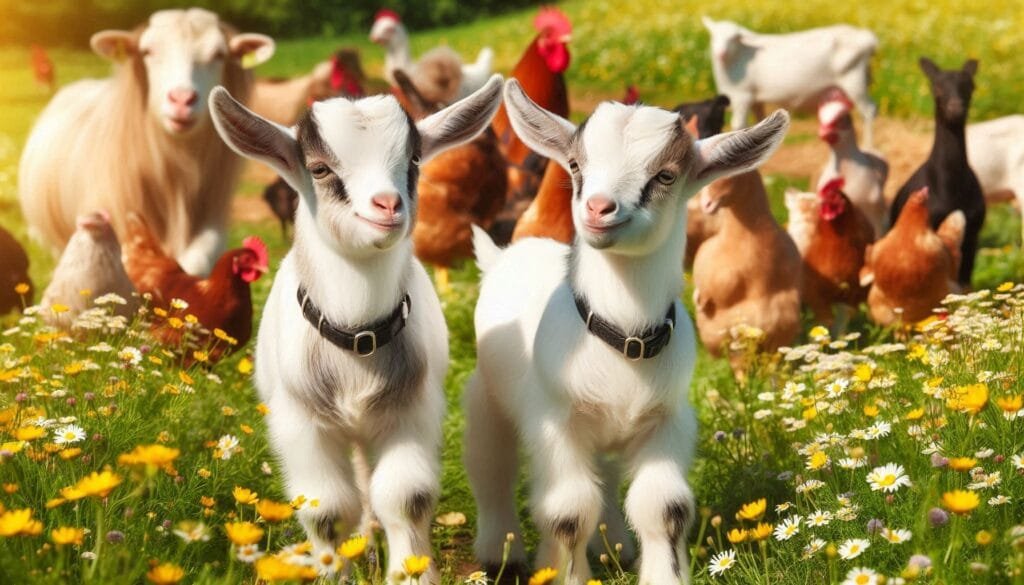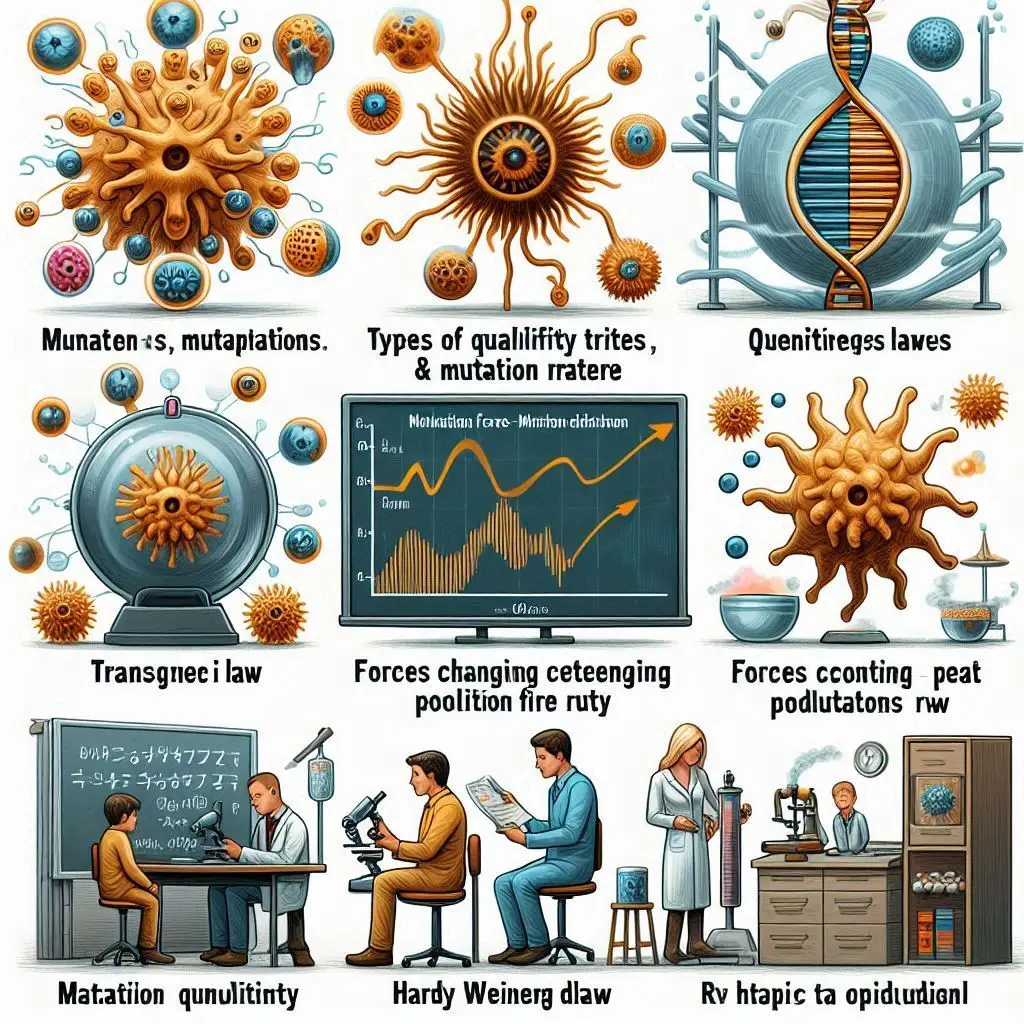Symmetrical Twins

What Are Symmetrical Twins?
Symmetrical twins are born at the same time and can be classified into two categories:
Monozygotic Twins (Identical Twins)
Formation
Monozygotic twins develop from a single fertilized egg that splits into two embryos. This process usually occurs within the first few days after conception.
Genetic Similarity
These twins share nearly 100% of their DNA. This genetic identity often leads to striking physical similarities and shared traits.
Unique Aspects
While they are genetically identical, environmental factors can influence their development. For instance, different experiences can shape their personalities over time.
For a deeper understanding of genetic identity in monozygotic twins, check out this Genetics Overview.
Dizygotic Twins (Fraternal Twins)
Formation
Dizygotic twins arise when two separate eggs are fertilized by two different sperm cells. This typically happens during a single ovulation cycle.
Genetic Similarity
Fraternal twins share about 50% of their genetic material, similar to regular siblings. They can be of the same sex or different sexes and may or may not resemble each other.
Variability
Since dizygotic twins come from separate eggs and sperm, they often have distinct personalities and appearances.
To learn more about fraternal twins, visit Fraternal Twins Research.
The Science Behind Twin Formation
Understanding how symmetrical twins form involves exploring several biological processes:
Fertilization Process
- Ovulation: In women, ovulation is the release of eggs from the ovaries.
- Fertilization: Sperm cells fertilize the eggs in the fallopian tubes.
- Zygote Formation: The fertilized egg becomes a zygote.
Splitting of Zygotes
- In monozygotic twins, the zygote splits into two embryos.
- In dizygotic twins, two separate zygotes form from two different eggs.
For more on fertilization processes, refer to this Fertilization Study.
Characteristics of Monozygotic Twins
Monozygotic twins exhibit several interesting features:
Physical Similarities
- Identical Features: They often have the same hair color, eye color, and other physical traits.
- Shared Health Risks: Identical twins may have similar health issues due to shared genetics.
Psychological Aspects
- Bonding: Many monozygotic twins report a deep emotional connection.
- Behavioral Traits: They may share similar interests and behaviors due to both genetics and upbringing.
For insights into psychological aspects of identical twins, see Psychology of Twins.
Characteristics of Dizygotic Twins
Dizygotic twins also present unique characteristics:
Individual Differences
- Distinct Traits: They may differ significantly in appearance and personality.
- Separate Health Profiles: Each twin has an independent health profile influenced by their unique genetic makeup.
Social Dynamics
- Sibling Relationships: Fraternal twins often experience sibling rivalry similar to that between non-twin siblings.
- Friendship Dynamics: They may develop friendships outside their twin relationship.
For more information on social dynamics among fraternal twins, check out this Siblings Study.
The Role of Genetics in Twin Development
Genetics plays a crucial role in shaping both monozygotic and dizygotic twins:
Genetic Influences
- Heritability Factors: Certain traits are inherited through genes.
- Environmental Interactions: Environmental factors can influence gene expression.
Epigenetics in Twins
Epigenetics explores how environmental factors affect gene activity without altering DNA sequences. This field is particularly relevant for understanding differences between identical twins raised in different environments.
For further reading on genetics and epigenetics, visit Epigenetics Overview.
Conclusion
Understanding symmetrical twins—both monozygotic and dizygotic—provides valuable insights into human genetics and development. While identical twins share nearly all their genetic material, fraternal twins showcase the diversity that can arise even when born simultaneously.
More from Veterinary Anatomy:
Pancreas





Responses